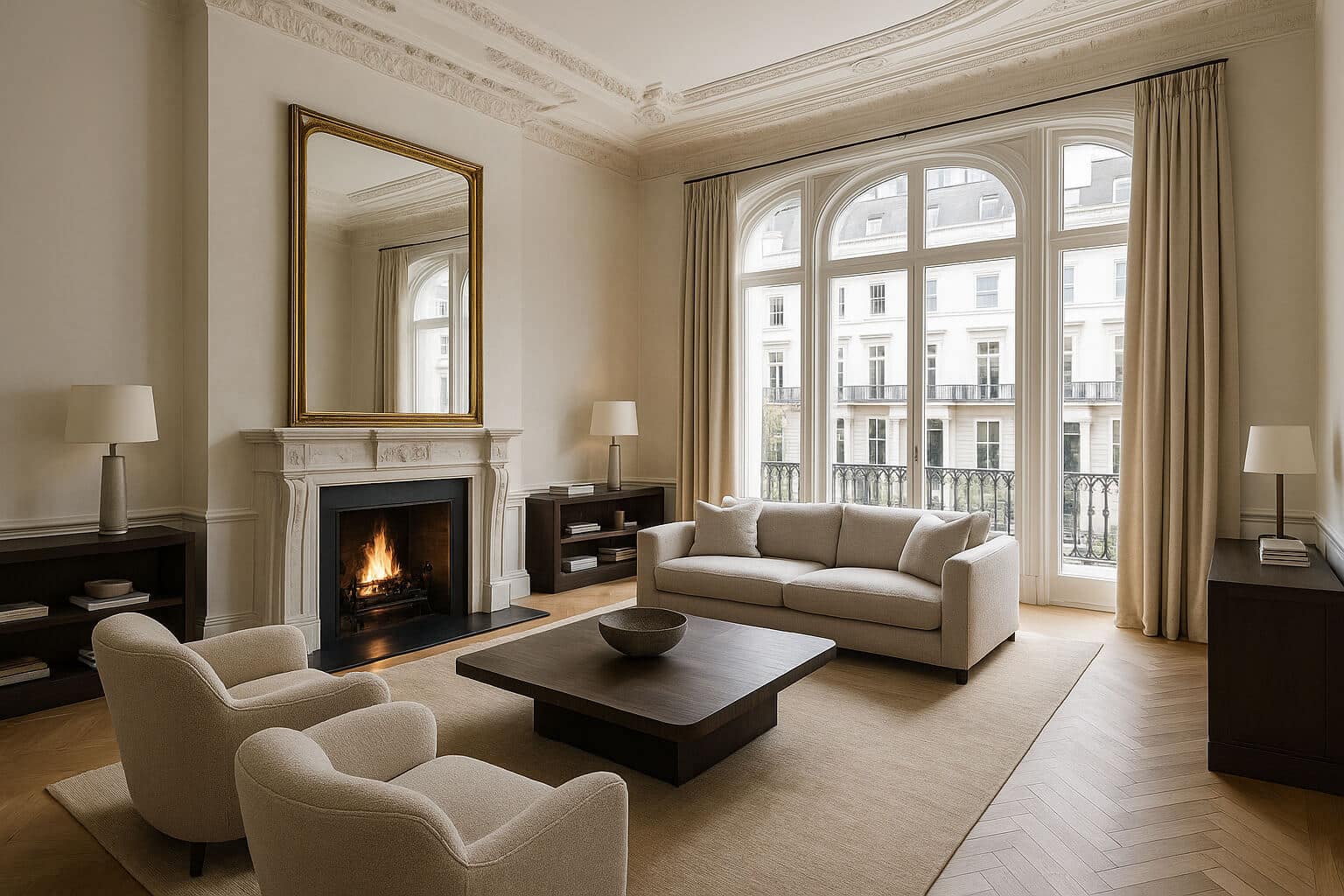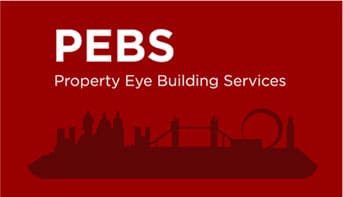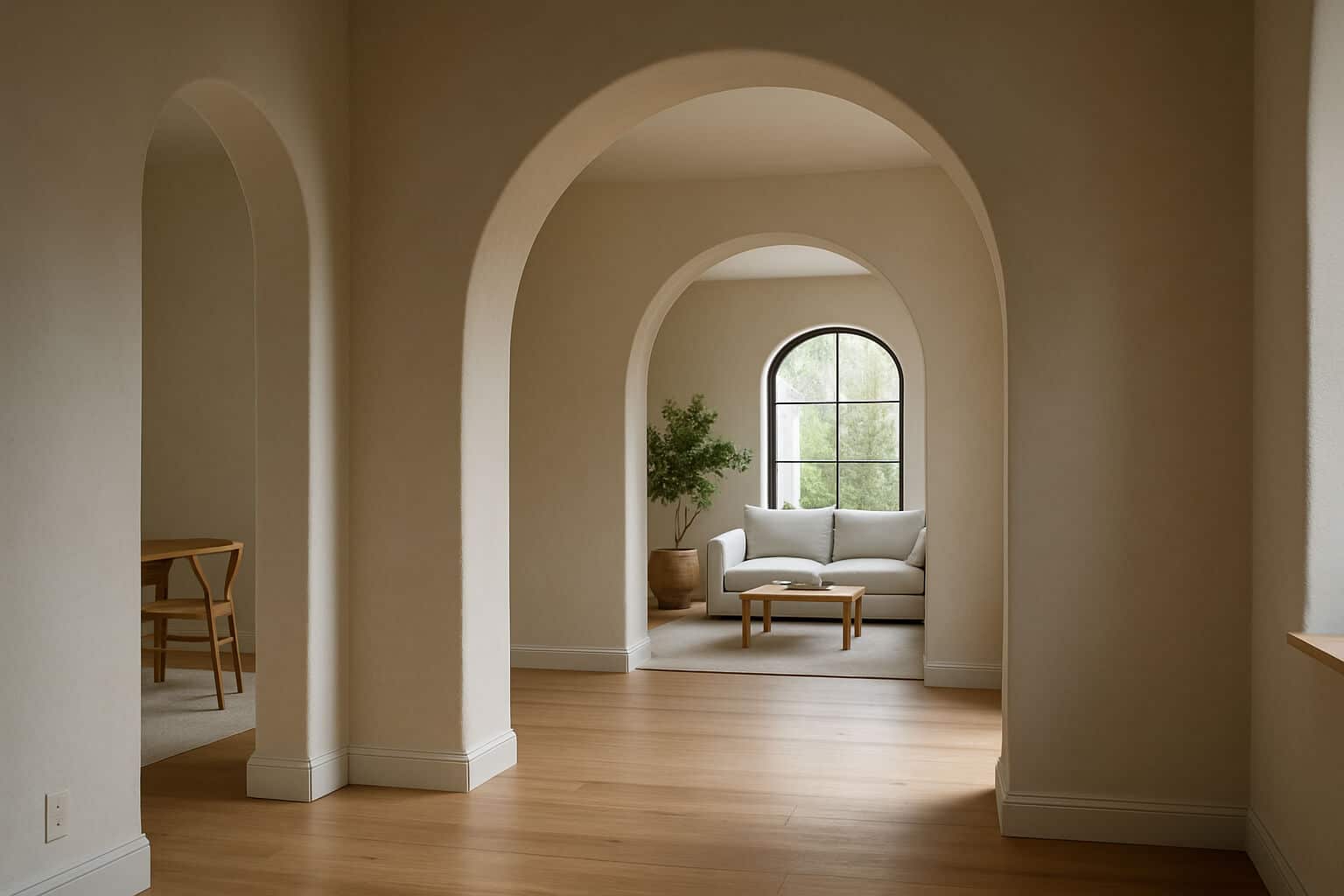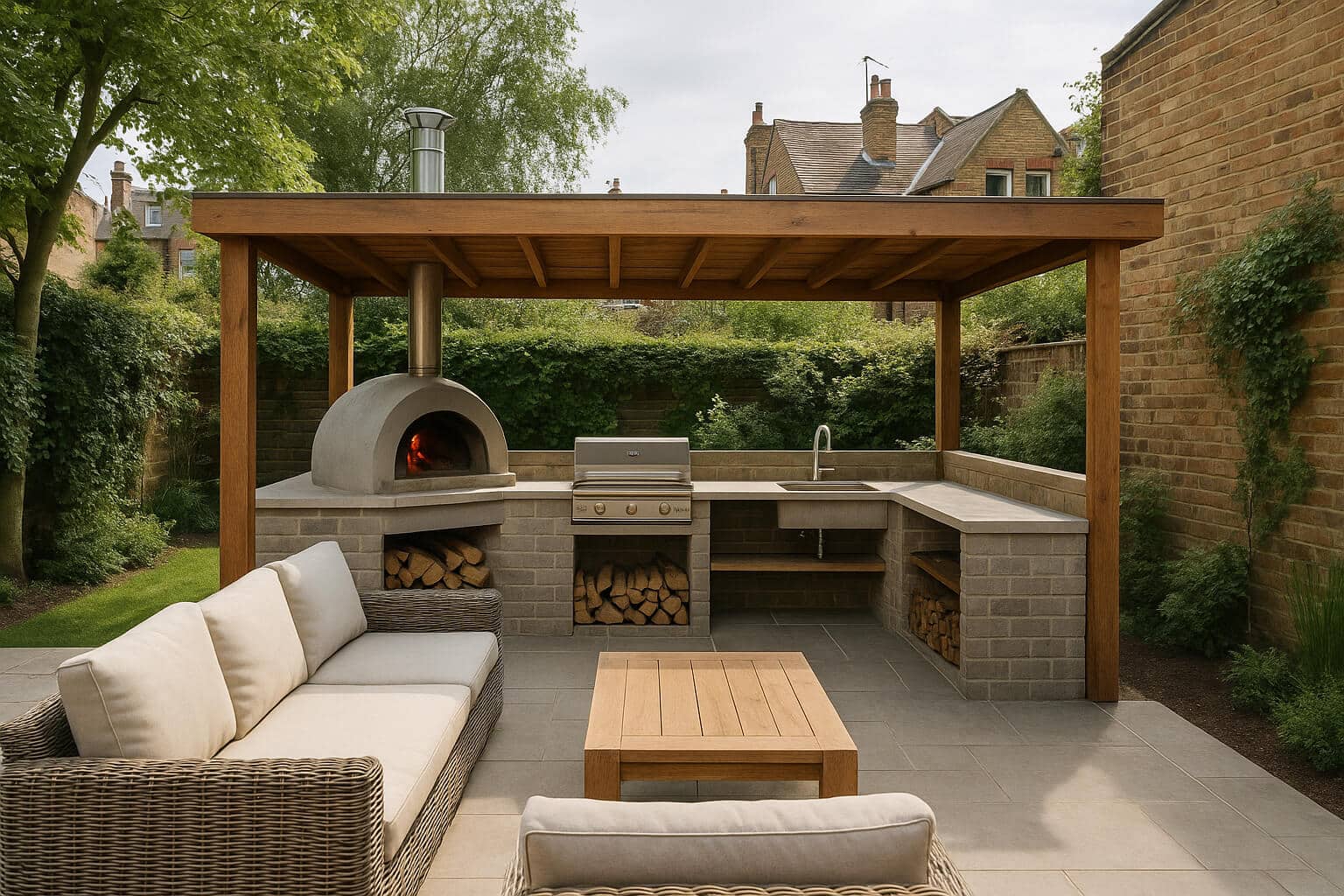
29 Sep Top Design Trends from Luxury Builders London in 2025
Luxury home design in London has always been synonymous with elegance, creativity, and exclusivity. In 2025, the top design trends from luxury builders in London showcase a powerful blend of eco-friendly materials, smart home technology, biophilic elements, and timeless design. Homeowners now demand more than just beauty; they seek sustainability, mental well-being, and flexible spaces that adapt to modern life. From indoor and outdoor spaces seamlessly blending together to energy-efficient appliances, sculptural lighting, and private wellness areas, the new luxury home is about more than style; it is about a way of life.
Introduction to 2025 Luxury Home Design
In 2025, luxury homes in London will no longer be defined solely by grandeur. Instead, modern luxury focuses on sustainability, wellness, and technology. Builders are incorporating eco-friendly materials, natural light, and flexible layouts to create spaces that feel both timeless and forward-thinking.
The city’s most in-demand properties feature smart technology for energy efficiency and convenience, natural materials like reclaimed wood and stone, biophilic design elements that connect living spaces to nature, wellness-focused rooms such as yoga studios and meditation spaces, and seamless integration between indoor and outdoor living. These trends are not simply about aesthetics; they reflect a growing desire for sustainability, mental well-being, and a better quality of life.
Sustainability: The Core of Modern Luxury Homes
Sustainability has moved from a buzzword to the foundation of luxury home building. London’s top builders recognise that wealthy homeowners want their properties to be both luxurious and environmentally responsible.
Eco-Friendly and Sustainable Materials
Builders are embracing eco-friendly materials such as reclaimed wood for flooring and furniture, low-VOC paints that improve indoor air quality, sustainable stone and metals sourced responsibly, and natural fabrics for interiors. These eco-friendly materials bring warmth, authenticity, and a sense of nature into the home while reducing environmental impact.
Energy Efficiency and Energy Consumption Reduction
Reducing energy consumption is central to design trends in 2025. Features include triple-glazed windows that maximise insulation, energy-efficient appliances in kitchens and bathrooms, smart thermostats to regulate heating and cooling, and LED sculptural lighting for efficiency and style. By combining energy efficiency with modern elegance, luxury homes deliver comfort while lowering bills and environmental footprint.
Solar Panels and Renewable Energy Features
Solar panels are becoming a must-have in luxury builds. They not only reduce reliance on fossil fuels but also increase property value. Combined with battery storage systems, homeowners can enjoy cleaner, more reliable energy.
Smart Home Technology Integration
Technology is no longer optional; it is expected. Luxury homes in 2025 integrate smart home features that enhance convenience, safety, and style.
Automated Blinds and Voice-Controlled Lighting
Imagine waking up to automated blinds that open with sunrise and voice-controlled lighting that adapts to your mood. These features are now must-have elements of high-end homes.
Boiling Water Taps
Instant boiling water taps are also becoming a hallmark of luxury kitchens. With a sleek, modern design, they provide filtered boiling water on demand, eliminating the need for kettles and saving valuable counter space. Not only do they enhance convenience, but many models are also energy-efficient and child-safe, aligning with the growing demand for both style and sustainability in smart kitchens.
Smart Appliances and Energy-Efficient Kitchens
Kitchens are becoming smart hubs, featuring energy-efficient refrigerators and ovens, voice-controlled kitchen cabinets with hidden storage, smart taps that conserve water, and induction cooktops for energy savings. These upgrades bring together efficiency, convenience, and style.
Security, Privacy, and Seamless Integration
Smart homes now include AI-powered security systems, facial recognition entry, and seamless integration of audio, lighting, and climate control. This creates an environment of true luxury where technology works quietly in the background.
Biophilic Design: Connecting Homes with Nature
One of the most exciting design trends in 2025 is biophilic design, which strengthens the connection between indoor and outdoor spaces.
Vertical Gardens and Natural Light
Luxury homes now feature vertical gardens that improve air quality and aesthetics, large windows and skylights to maximise natural light, and open layouts that bring the outdoors inside. Natural light improves both mood and mental health while reducing the need for artificial lighting.
Reclaimed Wood, Natural Materials, and Low VOC Paints
Materials play a big role in biophilic design. Reclaimed wood adds texture and history, stone and clay finishes bring earthy tones, and low VOC paints promote healthier living spaces.
Outdoor Spaces: Kitchens, Living, and Wellness Areas
Luxury living extends outdoors with outdoor kitchens for entertaining, private garden lounges with sculptural lighting, and wellness corners for meditation and yoga. These outdoor spaces are not just additions; they are integral to modern luxury.
Architectural Innovations in 2025
Architecture in London luxury homes is evolving with creativity and functionality at its core. Builders are experimenting with softer forms, larger windows, and layouts designed for flexibility.
Curved Walls and Arched Doorways
Straight lines are giving way to elegance through curves. Curved walls and arched doorways create a sense of flow and sophistication, softening the overall feel of interiors. These design choices make spaces feel more inviting and timeless while providing a bold statement in luxury design.
Large Windows, Triple-Glazed Windows, and Open Layouts
Large windows maximise natural light and connect interiors with outdoor views. Triple-glazed windows improve insulation and energy efficiency without compromising style. Open layouts create multifunctional living spaces that suit both small gatherings and large entertainment. Together, these features represent the new standard of modern architecture.
Flexible Spaces for Modern Living
Luxury homeowners demand adaptability. Rooms are designed as flexible spaces that can shift from home offices to guest bedrooms or from gyms to meditation areas. This flexibility reflects the needs of contemporary life and the desire to maximise space without sacrificing elegance.
Wellness and Mental Well-Being in Home Design
One of the strongest themes in 2025 is wellness. Luxury builders now view the home as a sanctuary that should support both physical and mental health.
Meditation Rooms, Yoga Studios, and Private Gyms
Dedicated wellness spaces are now a must-have. Many luxury homes include meditation rooms designed for calm and focus, yoga studios with natural light and calming tones, and private gyms equipped with state-of-the-art technology. These features highlight the importance of integrating wellness into everyday life.
Natural Light for Mental and Physical Health
Studies indicate that natural light is essential for mood regulation and productivity. Luxury builders maximise natural light with floor-to-ceiling windows, skylights, and clever room positioning. This design focus ensures homes feel uplifting and promote a healthier lifestyle.
Creating Living Spaces that Nurture Life
Luxury living is no longer about extravagance alone. It is about creating living spaces that nurture life and foster balance. Every detail, from earthy tones to furniture made with natural materials, is designed with mental well-being in mind.
Interior design trends: style, colour, and furniture.
Interior design in 2025 embraces bold choices while staying grounded in timeless elegance.
Rich Shades, Bold colours, and Earthy Tones
The colour is making a strong comeback. Earthy tones combine with rich shades like deep greens, warm terracottas, and bold blues to create interiors that are both luxurious and grounded. These bold colour choices for painting and decorating in your home add personality and warmth to living spaces.
Sculptural Lighting and Modern Elegance
Lighting is no longer just functional; it is sculptural. Chandeliers, pendant lamps, and floor lamps now double as artistic statements, creating focal points in rooms. Combined with smart technology, sculptural lighting merges form and function seamlessly.
Timeless Design and Functional Furniture
Luxury homes in 2025 avoid fleeting trends by focusing on timeless design. Furniture made with sustainable materials, modular designs that suit flexible spaces, and elegant craftsmanship ensure longevity and style.
Outdoor Living Spaces: A Must-Have in 2025
Outdoor living is no longer optional; it is an extension of the home.
Outdoor Kitchens, Dining, and Entertainment.
Outdoor kitchens with built-in grills, pizza ovens, and bar areas make entertaining easy. Paired with weather-resistant furniture and sculptural lighting, these areas are now central to modern luxury lifestyles.
Garden Retreats and Wellness Corners
Private gardens are being designed as retreats for relaxation and wellness. Many luxury homes now include garden yoga decks, meditation corners, and water features that create a calming sense of nature.
Seamless Integration of Indoor and Outdoor Spaces
Large sliding doors, glass walls, and consistent flooring allow indoor and outdoor spaces to blend seamlessly. This integration creates a flow that enhances both aesthetics and practicality.
How These Trends Impact Property Value
The adoption of these trends is not just about lifestyle; it also influences property value.
Staying Ahead of Building Trends
Homes that feature sustainability, smart technology, and wellness-focused design appeal to buyers seeking modern luxury. Staying ahead of these building trends ensures properties remain highly desirable.
The New Standard for Luxury Homes
Eco-friendly materials, biophilic design, flexible spaces, and smart technology are no longer optional extras; they are the new standard. Properties built with these features command higher prices and maintain long-term appeal.
Frequently Asked Questions
1. What are the most significant design trends in London luxury homes for 2025?
The most significant trends include sustainability through eco-friendly materials, smart home technology, biophilic design, flexible spaces, and wellness-focused rooms.
2. Why are energy-efficient features so important in modern luxury homes?
Energy efficiency reduces energy consumption, lowers costs, and aligns with the growing demand for sustainable living, making homes more attractive to buyers.
3. How does biophilic design improve well-being?
Biophilic design enhances natural light, air quality, and the connection to nature, which improves mental health, productivity, and overall well-being.
4. Are outdoor living spaces really essential in London?
Yes, outdoor spaces are now considered essential. Features like outdoor kitchens, garden retreats, and wellness areas add lifestyle value and increase property appeal.
5. What role does smart technology play in luxury home design?
Smart technology integrates lighting, climate, security, and appliances to provide convenience, efficiency, and a sense of modern elegance.
6. Do these trends increase property value?
Absolutely. Future-proof properties with energy-efficient features, smart technology, and sustainable materials command higher values.
Conclusion
The top design trends from luxury builders in London in 2025 redefine what it means to live in true luxury. Homes are no longer just spaces to live in; they are sanctuaries designed to support sustainability, well-being, and modern lifestyles. With features like smart home integration, biophilic design elements, flexible living spaces, and eco-friendly materials, the future of luxury is both stylish and responsible. If you are looking to create or invest in a luxury home that stays ahead of the trends, PEBS is the trusted partner to bring your vision to life. Visit PEBS to explore how these cutting-edge design elements can be incorporated into your next project.




